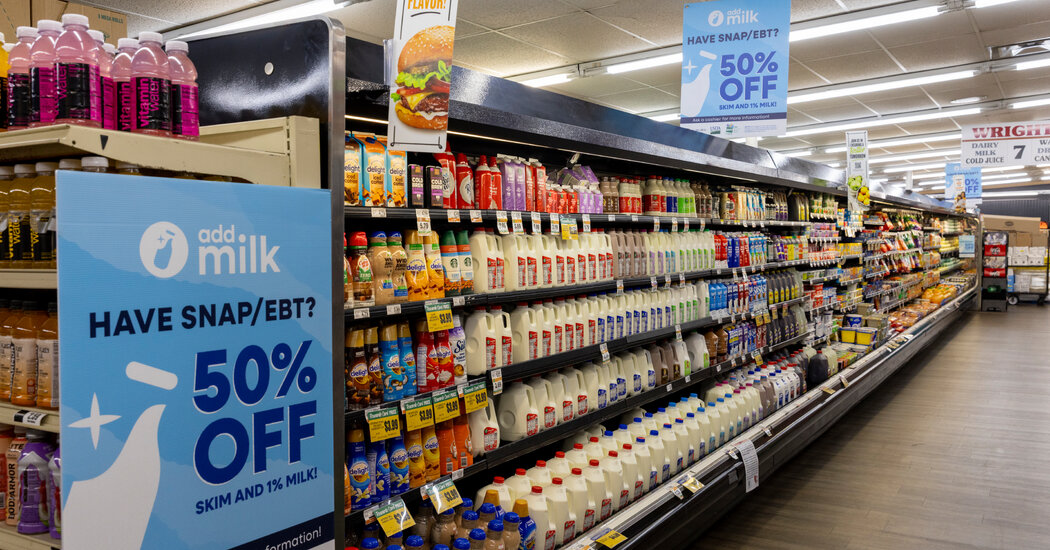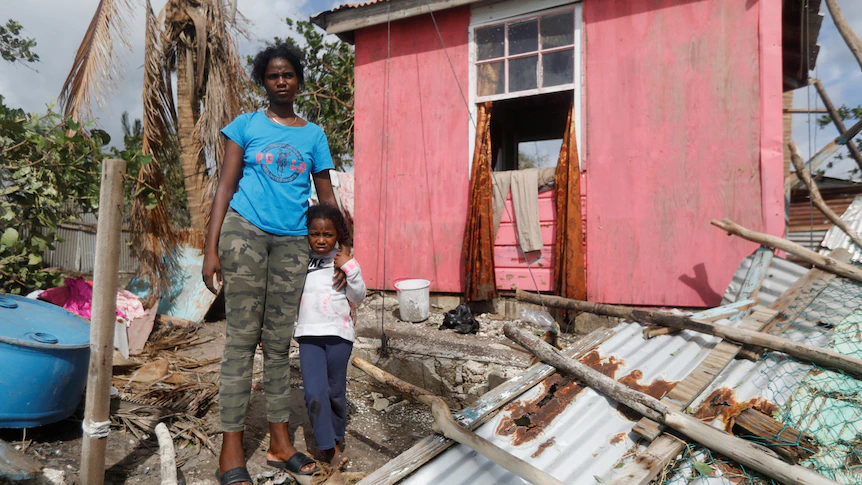Copyright The New York Times

The longest government shutdown in U.S. history brought with it a brawl between President Trump and Democrats in Congress and in the states over food assistance and whether the Trump administration had the authority to cut it off. So what is the food aid program known as SNAP, or the Supplemental Nutrition Assistance Program? From food stamps to SNAP SNAP, the nation’s biggest anti-hunger program, is funded federally but administered largely by state agencies. In a handful of states, county governments dispense benefits and monitor eligibility. The program is now used by 42 million low-income people — one in eight Americans — to purchase groceries. People receive benefits electronically each month through an electronic benefits transfer, or E.B.T., card that functions much like a debit card. The SNAP program is the modern successor to the food stamp program, which dates to 1939 and the New Deal. The name was changed in 2008 “to fight stigma,” according to the U.S. Department of Agriculture. Who is eligible? Eligibility is based on income limits — typically 130 percent of the federal poverty level — and participants are subject to reporting rules and work requirements. In 2025, that 130 percent figure translates into $529 a week for a household of two, or $27,495 a year, according to federal guidelines. The eligibility cutoff is $41,795 for a family of four. Overall, federal spending on SNAP totaled almost $100 billion in 2024. SNAP recipients receive $187 a month on average. Who receives SNAP? Nearly 90 percent of SNAP recipients are native-born American citizens, according to the latest data from the Agriculture Department, and 96 percent were citizens. About 62 percent of SNAP participants are in families with children. About 40 percent of SNAP recipients are children under 18, and about 20 percent are over the age of 60. The states with the highest percentages of SNAP recipients are New Mexico, Oklahoma, Louisiana and Oregon. Why have SNAP rolls stopped responding to good economic numbers? In the past, enrollment in SNAP, and its costs, have usually aligned with unemployment and poverty rates. The Agriculture Department’s Economic Research Service has described SNAP as a “countercyclical” program that acts as an “automatic stabilizer to the economy,” meaning that the program is designed to expand during economic downturns and shrink when the economy heats up. Going back decades, participation in SNAP usually varied between 7 percent and 11 percent of the population, according to the nonpartisan Pew Research Center. That percentage rose significantly during the financial crisis of 2008 and its aftermath, peaking at almost 19 percent in 2013, or more than 47 million people. During the pandemic, under the first Trump administration, emergency legislation temporarily and partly suspended a longstanding requirement that “able-bodied” adult SNAP recipients without dependents work. The suspension ended in 2023, and the Biden administration agreed to add stricter work requirements to SNAP under a deal with Republican lawmakers in 2023. Yet even as the economy has recovered, if slowly, from the pandemic, the gap between wealthy and poor Americans has become more pronounced, and SNAP enrollment has not deviated much from its level of 41 million. Analysts have attributed the numbers in part to a weak job market, inflation, uncertainty over the economy and an uneven recovery that has enriched the top end of the economic spectrum while leaving the bottom end behind. Starting this month, able-bodied adults between ages 18 and 64 must work at least 80 hours per month, or be involved in volunteering or an education or training program, to remain eligible for more than three months in a three-year period. The previous age limit was 54. Caregivers of children have long had an exemption from worth requirements, and children were defined as anyone under 18 in a SNAP recipient’s care. Under the new law, the exemption applies to people caring for children under 14. Homeless people, veterans and people under 24 who had aged out of foster care also used to be exempt. Now they are not. The Congressional Budget Office has estimated that the changes will force states to reduce or eliminate SNAP benefits, whether because people do not meet the new requirements or fail to provide the proper paperwork. As many as 2.4 million people are expected to fall out of the program because of the work requirements alone. Can the president just cut off benefits in a shutdown? The Trump administration raised pressure on Democrats to vote to reopen the government without the health care concessions they were demanding, in large part by cutting off SNAP benefits. After lower courts ruled that the administration would have to pay those benefits, the U.S.D.A. rushed an emergency appeal to the Supreme Court rather than comply. The high court granted a reprieve, and most benefits remain suspended. Groups challenging the Trump administration’s decision asked the Supreme Court on Tuesday morning to allow a lower court order to go into effect to force the government to give people their SNAP allotments. In a brief, the groups said that “people and families have now gone ten days without the help they need to afford food,” asserting that any further delays “would prolong that irreparable harm and add to the chaos the government has unleashed, with lasting impacts” on the food benefit program. Justice Ketanji Brown Jackson is handling the emergency application, and she had set a speedy briefing schedule in the case, giving the challengers until 8 a.m. Tuesday morning to respond. The courts could decide whether the administration’s actions were legal, but if the government reopens, administration lawyers could try to declare the case moot. Abbie VanSickle contributed reporting from Washington, D.C.



